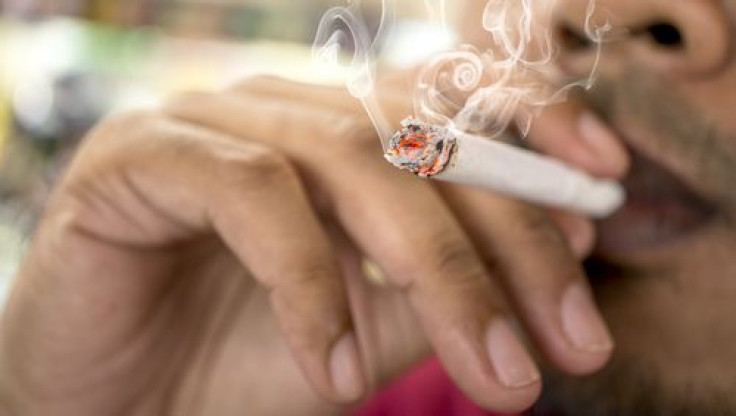Pot-Smoking Students Outperform Cigarette Smokers: Why Marijuana Use Alone May Be Linked To Better Grades

Holding a cigarette in the back of the school parking lot was once considered a form of initiation for "in" crowds in high school, but now cigarettes have gone out of vogue. The students who hide behind the bushes and pass the “doobie,” or marijuana, are in the spotlight for a possibly good reason. According to a study published in the Journal of School Health, pot-smoking students outperform their marginalized tobacco-smoking counterparts in school. But why?
"Social norms have changed and the population of people who use marijuana are more like the general population," said Michael Chaiton, assistant professor in epidemiology and public health policy at the University of Toronto, and lead author of the study, CTV News reported. Marijuana use, and co-use with other substances, has increased, which reflects changing social norms. Compared to 30 years ago, tobacco use among students today makes up a very “marginalized, vulnerable” population. This leads cigarette smoking to become more stigmatized, and pot-smoking more socially acceptable among the youth population.
The study, which first began in the 1980s and ended in 2011, analyzed data from a survey administered to approximately 39,000 Ontario students in grades 7, 9, and 11. The purpose of the survey was to explore the patterns of use and co-use of tobacco and cannabis among adolescents, and if those characteristics of co-users and single substance users changed in the span of three decades. In addition, the study observed trends in gender and academic performance.
The team of researchers at the University of Toronto’s Dalla Lana School of Public Health said that at the start of the study, pot use among tobacco smokers was very low, but within three decades, the co-use of tobacco and cannabis rose to 92 percent, according to the University of Toronto news release. However, only 25 percent of teens who smoked marijuana also smoked cigarettes. Chaiton and his colleagues speculate the change in trends is due to a social phenomenon such as a greater prevalence of anti-tobacco messaging. “This is not that tobacco is causing this, it is something that has changed socially in the role of tobacco in society,” Chaiton said.
In regard to academic performance, marijuana-only users tended to fare better in academic performance than those who both smoke pot and cigarettes, and those who only smoke cigarettes. This may account for the fact that the more cigarettes are stigmatized, the less likely intelligent people are to smoke them. However, the study authors note that marijuana users do not outperform non-users. The study does not suggest smoking pot leads to better grades, but rather in comparison to students who use both cannabis and tobacco, or solely tobacco, they outperform their peers.
Chaiton says tobacco and marijuana are “similar drugs in many different ways,” and “people dramatically underestimate the risks associated with cannabis use, particularly among youth.” As marijuana use becomes more prevalent and socially acceptable, the researchers believe there should be a renewed focus on the drug’s harmful effects rather than focusing on discussions about marijuana’s legal status. Moreover, the researchers want the implementation of developing programs for youth to educate them on the risks associated with cannabis use.
In the U.S., 12th graders have the highest marijuana use compared to eighth graders, 22.9 percent and 6.5 percent, respectively, according to the Office of National Drug Control Policy. Long-term use of marijuana can compromise a smoker’s ability to do complex tasks, lead to addiction, and increase the risk of injuring his lungs. Marijuana does not lead to the use of other drugs.
Source: Chaiton M, Kirst M, Webster L. The Co-Use of Tobacco and Cannabis Among Adolescents Over a 30-Year Period. Journal of School Health. 2014.



























